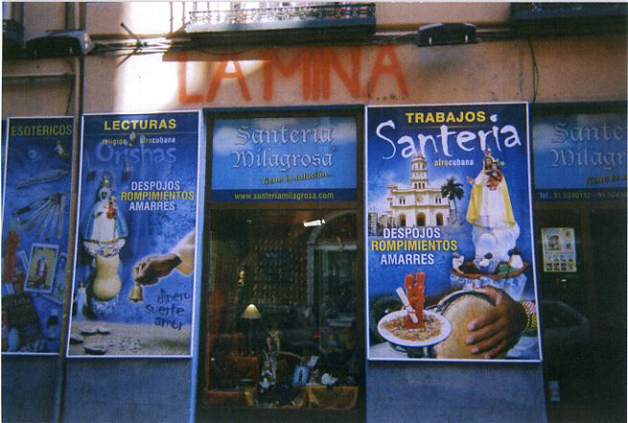
Façade of “esoteric” store “La Mina” advertising Afro-Cuban Santeria services and paraphernalia, Madrid, Spain, 2007.
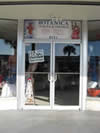 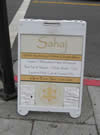  
Analogues: Botánica in Miami, 2007 (first left); Street sign, Rockridge, Berkeley (2008, center left); Herb store & apothecary, Berkeley (2009, center right); Metaphysical bookstore, window display, Rockridge, Berkeley, (right, 2008). Below, Ochún's image in Santiago de Cuba, 1997 (left) and some possible modern "echoes" of Ochún and other forms of magic in Rockridge, Berkeley, 2008-2009....
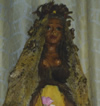   
Other hybrid traditions in Berkeley, California: All in Telegraph Ave. (below, 2009).
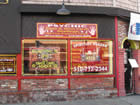 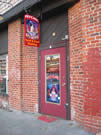  
|
 |
< 8
Santería tradition has travelled across the Atlantic to find a place in Spain too. It is from the island's former metropolis that the Christian tradition and its related Marian cult was brought and imposed in Cuba where it interacted with other African and Atlantic traditions. Cuban Santería has itself become transnational as it now circulates throughout different locations in the Americas, including US, Puerto Rico, Mexico, as well as in a place as traditionally Catholic, and recently strongly secularist, as Spain.
This "Santería Milagrosa" store has become a "franchise" with at least four other stores in Madrid and its own commercial website. Aiming at a wider cosmopolitan public, the site constitutes a hybrid between a botánica and a New Age esoteric store with books on a wide array of world traditions and services that include Tarot readings. Note the façade panel advertising "Afro-Cuban Santería" services and displaying the traditional image of the Virgin of Charity as Ochún with the Sanctuary at El Cobre in the background. The term "La Mina" or the Mine painted in red over the store's especially kitschy signs evokes the mining ground on which the foundations of the powerful "miraculous" shrine of the Virgin of Charity/Ochún rest in El Cobre.
In the US, particularly California, eclectic metaphysical and New Age stores, from libraries to establishments selling healing or (magical) beauty products and divination services, abound. Although directed to other constituencies and consumers, do you think these establishments could be considered "first world" analogues of botánicas and esoteric stores such as La Mina--even if Santería paraphernalia and services are not part of these stores or have not made their way to them (yet)? Do you think these sites and services are comparable? Why or why not? Moreover, what other unwitting evocations of Ochún could be found in commercial secular culture elsewhere?
OF RELATED INTEREST
Website: Ochún (2)
NY Times article on current psychic consultation in US: "Love, Jobs & 401(k)s"
|
